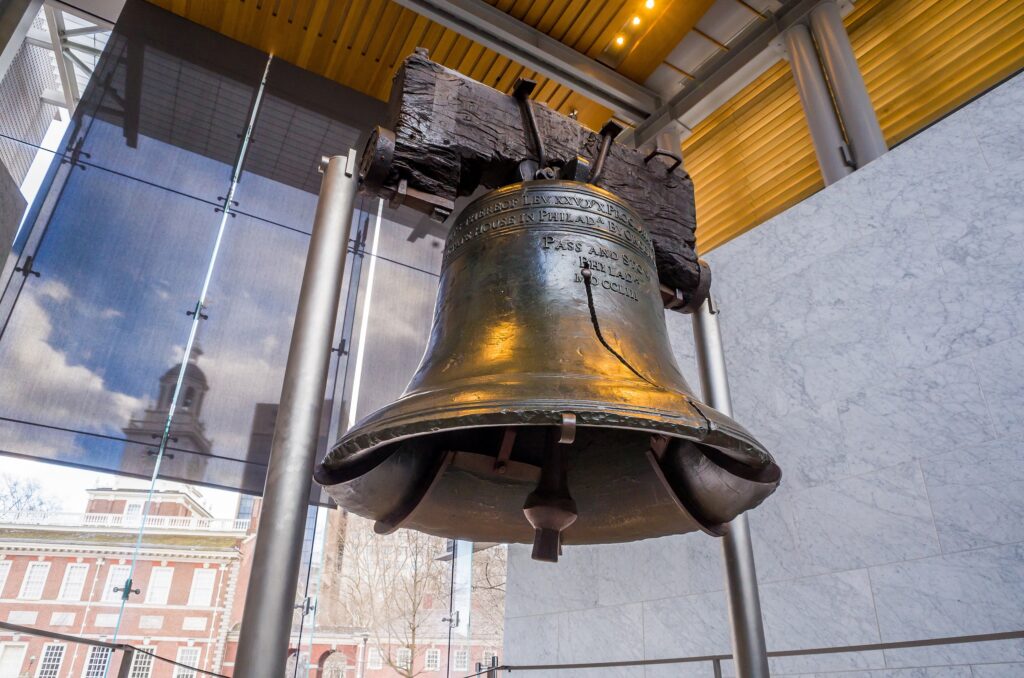Facing record inflation, feds need to cut red tape and spending
Americans across the country are aghast to learn that their dollar doesn’t stretch nearly as far as it did a year ago. During the course of the last 12 months ending in September, gasoline prices surged by around 42 percent; meat, poultry, fish and eggs increased by over 10 percent; and commodities (not including food and energy) jumped by 7.3 percent.
These increases are associated with the worst overall inflation rate in three decades, and some experts are warning of stagflation, which is a combination of high inflation rates mixed with slow economic growth. While we haven’t reached the level of economic malaise and stagflation of the 1970s, the mere threat of it ought to be enough to encourage policymakers to take reasonable steps to put the economy back on stable footing. They can start by getting their financial house in order and cutting red tape on shipping.
After months of downplaying the threat of serious inflation, public officials can no longer deny it—even though Treasury Secretary Janet Yellen asserted that the inflated prices are merely “transitory.” There are many who vehemently disagree with Yellen, including economist Sung Won Sohn. “Inflation is no longer transitory,” he said. “The logjam is unlikely to ease anytime soon.” If true, this poses a serious problem for Americans—leaving many to wonder how they will manage to put food on the table this winter and how inflation of this magnitude happened in the first place.
To oversimplify a complex matter, many economists and pundits believe that various workforce shortages, including among truckers, have caused shipping delays and supply chain interruptions. Meanwhile, consumer demand has risen, and massive federal spending may have exacerbated the situation—overheating the economy to its detriment. Combined, this constitutes a witches’ brew of issues contributing to our current predicament.
Given what America is facing, it would be fair to demand solutions. Unfortunately, there’s no silver bullet, but there are steps policymakers can take to ameliorate inflation—or at least not worsen it.
If truck-driver shortages truly are central to the supply chain woes, then some answers are near at hand. The federal government has artificially limited the number of truck-drivers. Even though most states permit people as young as 18 to earn a commercial driver’s license, only those who are 21 or older can engage in interstate commerce. It seems that if 18-year-olds can conduct intrastate trips, then they are plenty competent to work across state lines, and permitting them to do so could ease the trucker shortage.
Moreover, there’s another largely untapped resource. For the past few years, companies have been operating pilot programs in which they’ve rolled out highly autonomous tractor trailers. Just like the 18-wheelers we regularly see traversing the streets, self-driving semis have been making deliveries, and their upside is huge: they can drive virtually around the clock. While still in development and only operating in small numbers, such vehicles could assist with the current trucking shortage. If lawmakers were to foster a regulatory environment that promotes autonomous tractor trailer usage, then in the future, there could be much larger fleets—potentially ending the trucking shortage altogether.
Yet this isn’t all that policymakers can do to ease inflation. They also need to rein in spending. As the Federal Reserve Bank of San Francisco noted, President Joe Biden’s $1.9 trillion stimulus has added to inflation—at least temporarily. Such cash infusions can increase spending and demand or potentially even devalue currency if the market is overwhelmed with cash. Either way, massive spending programs can upset markets.
To be clear, Americans shouldn’t pretend that this is the fault of one party. For years, the federal government has pursued untenable and misguided economic policies, and there have been several massive stimulus packages in each of the last four presidencies.
All told, presidents George W. Bush increased the federal debt by $5.85 trillion, Barack Obama by $8.6 trillion, Donald J. Trump by $6.7 trillion, and Biden is following suit. The truth, however, is that only so much money can be artificially injected into the economy before it starts wreaking havoc, unnaturally driving up demand, and adding to inflation.
Despite this, congressional Democrats seem determined to approve more spending. Earlier this year, they proposed $3.5 trillion in additional spending for a social safety net program, but in order to attract more fiscally conservative democrats, the measure has since been reduced to almost $1.75 trillion. If passed, it will almost certainly be added to our seemingly insurmountable debt and potentially lead to more inflation.
While it remains to be seen what Congress and Biden will decide, the surging inflation should serve as a wakeup call to Congress to act with more fiscal restraint. It seems clear that if shipping issues were resolved and policymakers adopted responsible spending habits, then most Americans would be better off.
Image credit: davidevison








